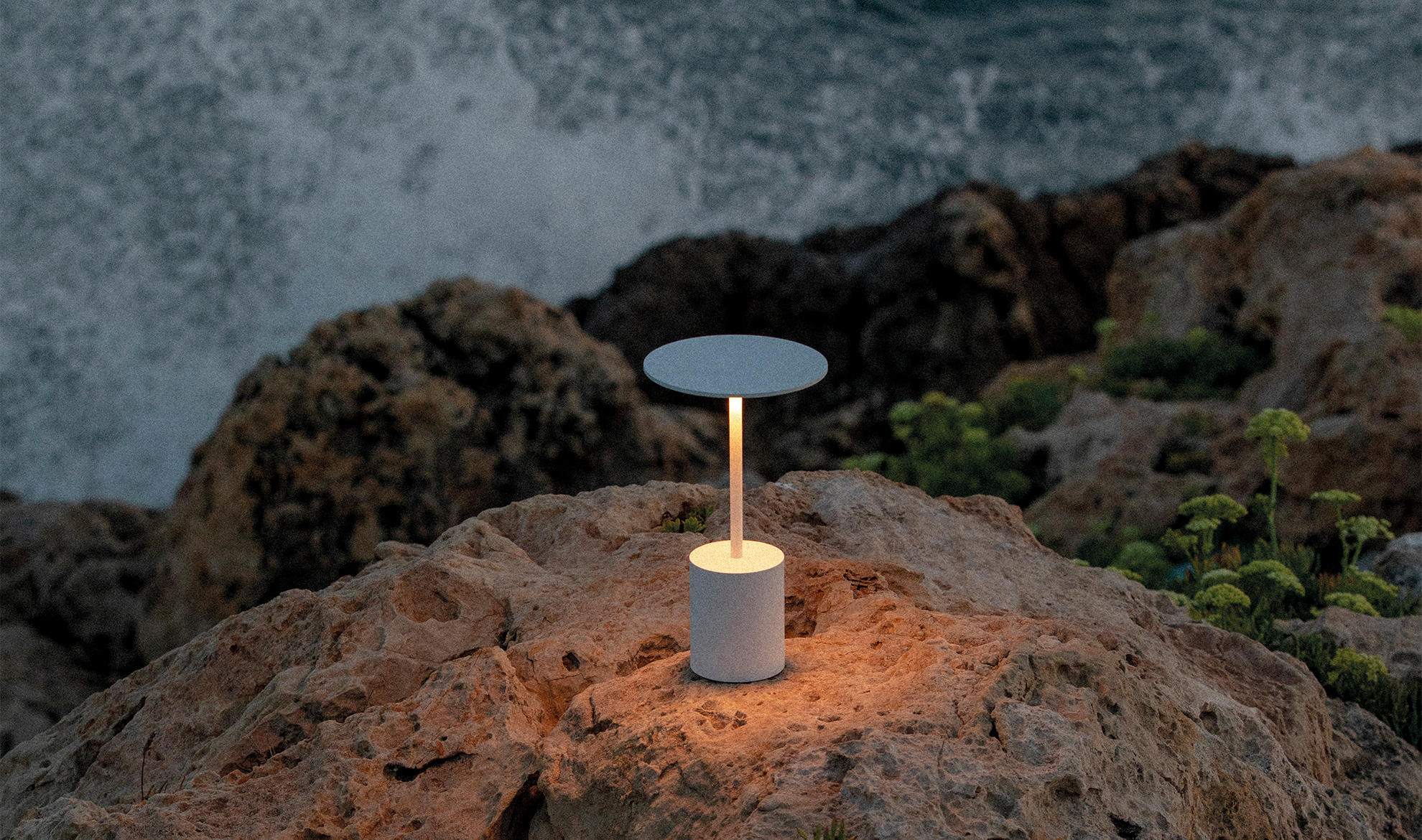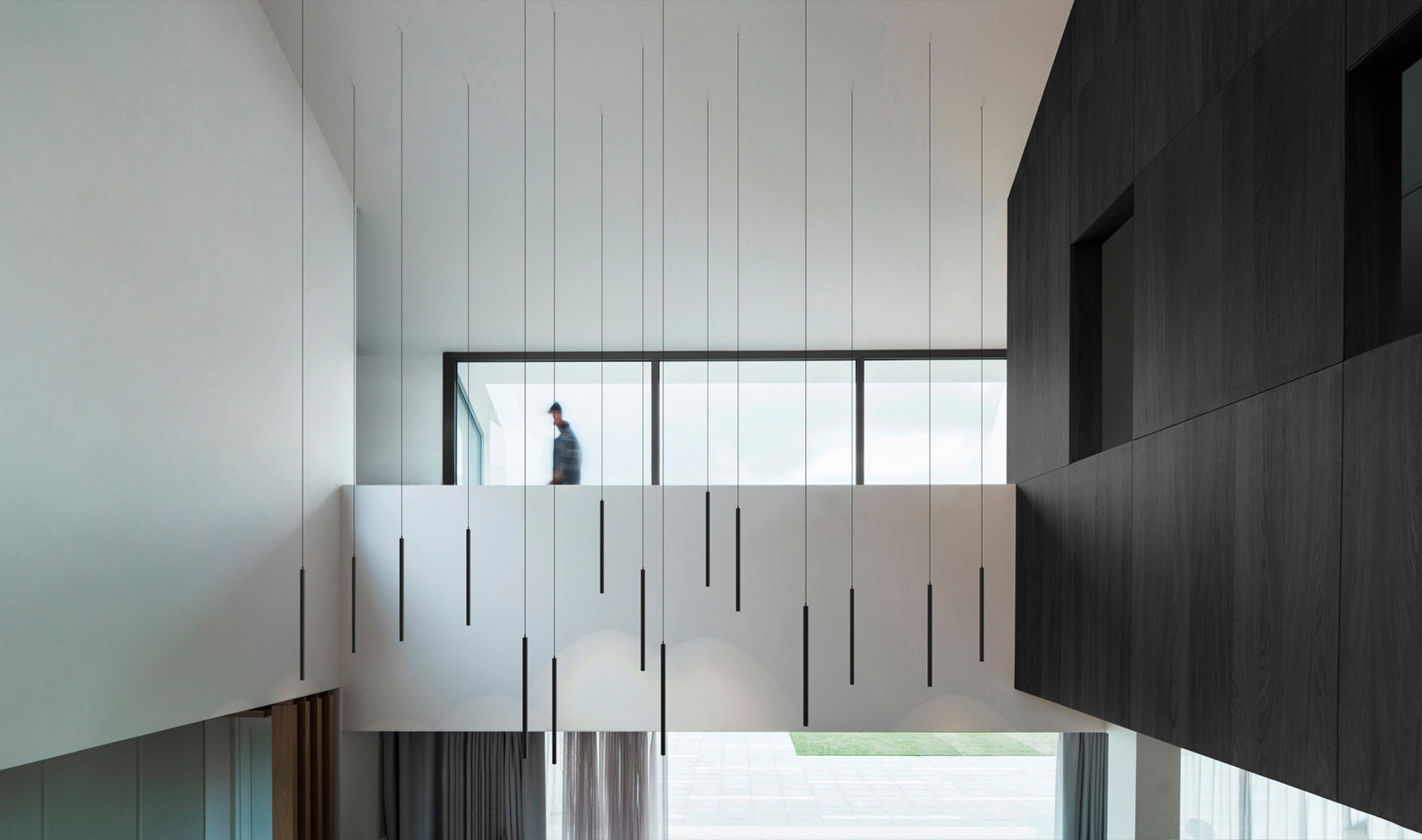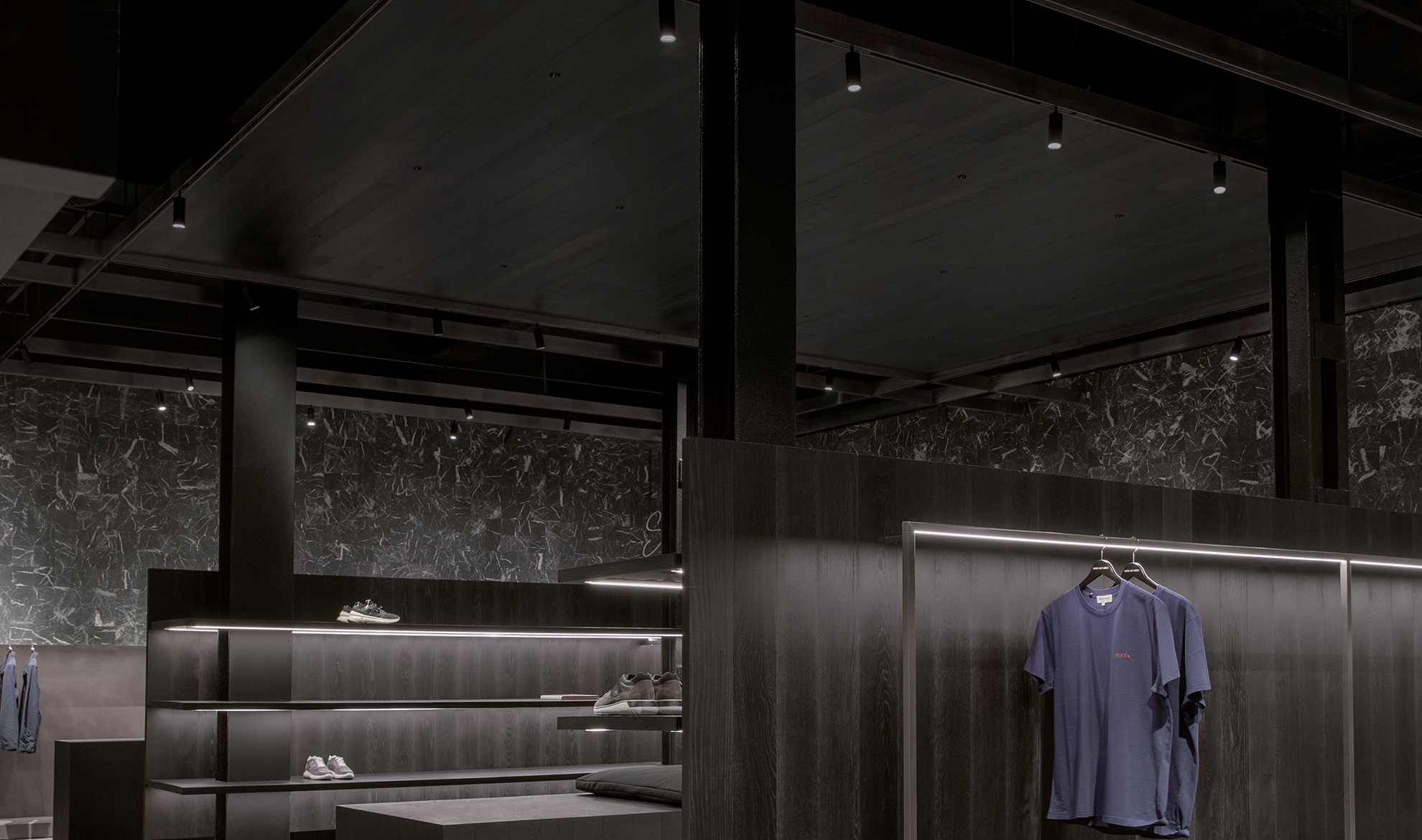World Architecture Day, a view through the lens
06.10.2025
- Light & Learn
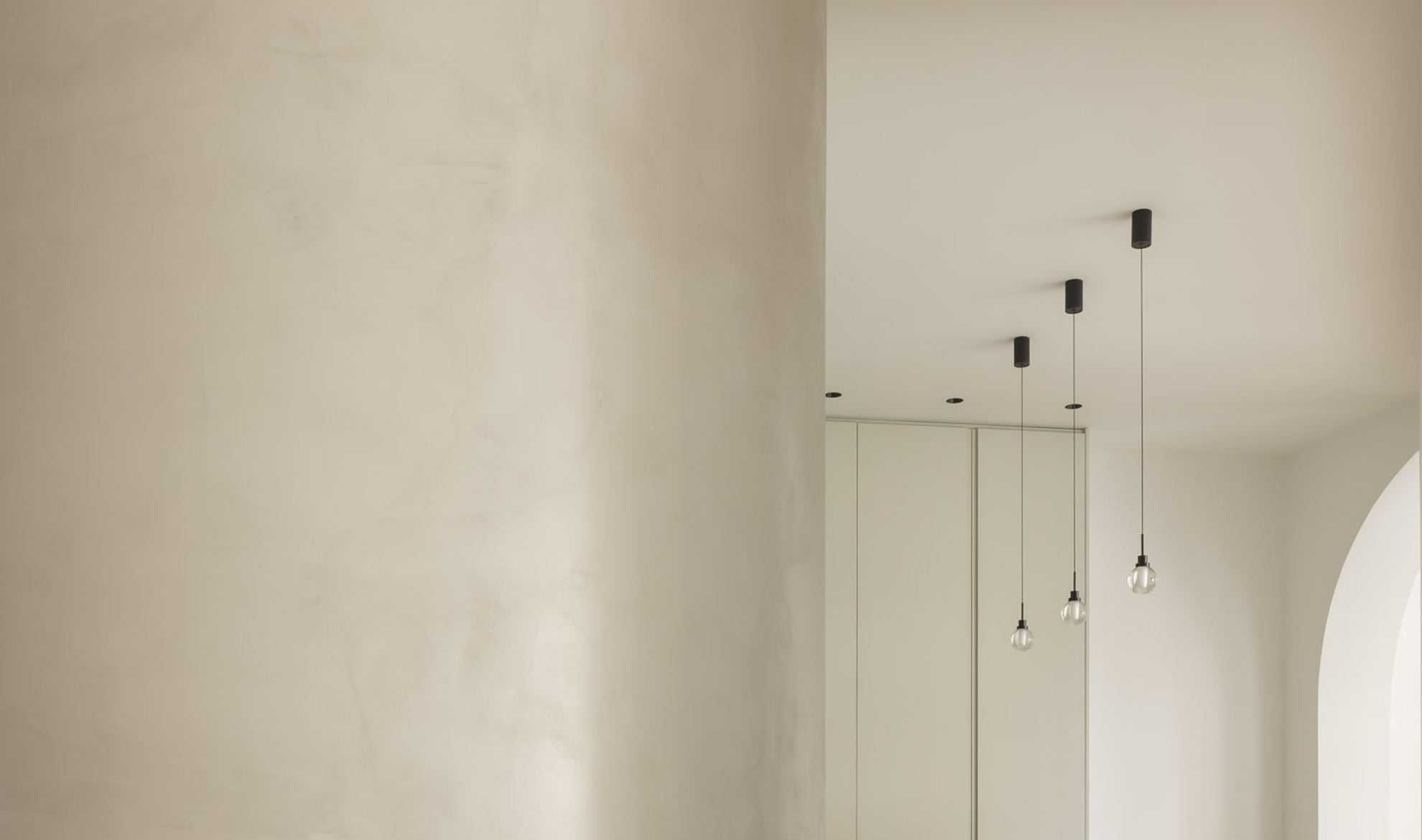
Every architectural work involves a constant interplay between space, matter and light. While architects design these settings, it is photographers who, through their gaze, allow us to experience, remember and share architecture across the world. Architectural photography is not merely visual documentation: it is a language that contributes to architectural culture and, at its finest, conveys emotion and inhabits space from afar.
To mark World Architecture Day, we spoke with photographers specialising in this field —David Zarzoso, Germán Cabo and Carlo Oriente— about their relationship with light, the challenges of their profession, and the role of photography in architectural perception.
Photography as a bridge of architectural culture
The first question was inevitable: how does photography contribute to architectural culture?
“Photography has always been the medium to show the world what is being done.”
For Zarzoso, photography is also inspiration — a window inviting us to travel, to discover new spaces, and to continue creating motivating projects.
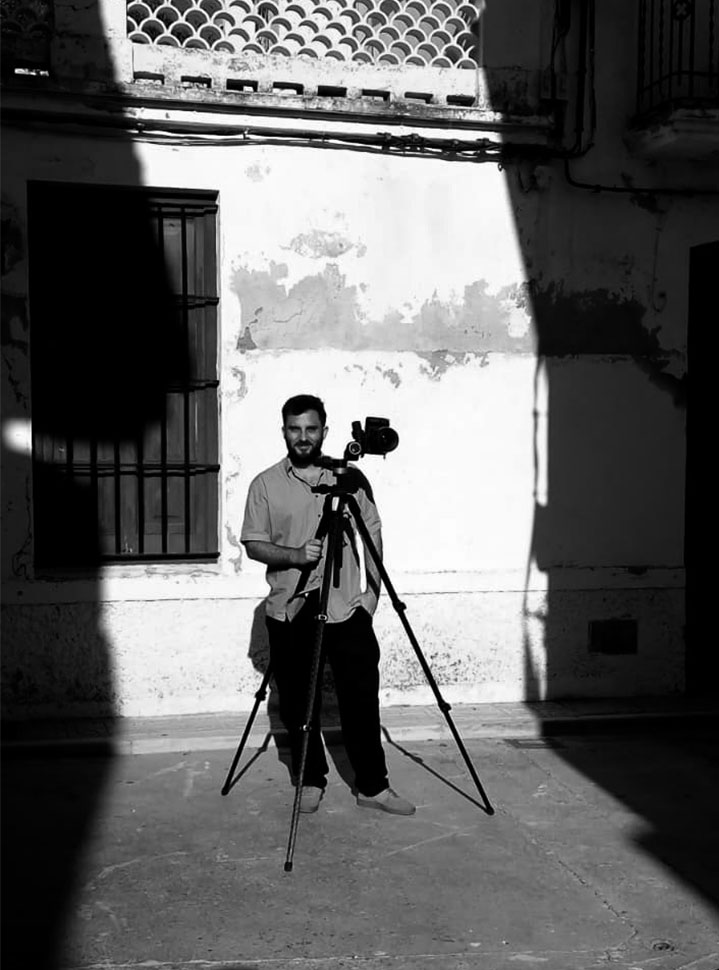
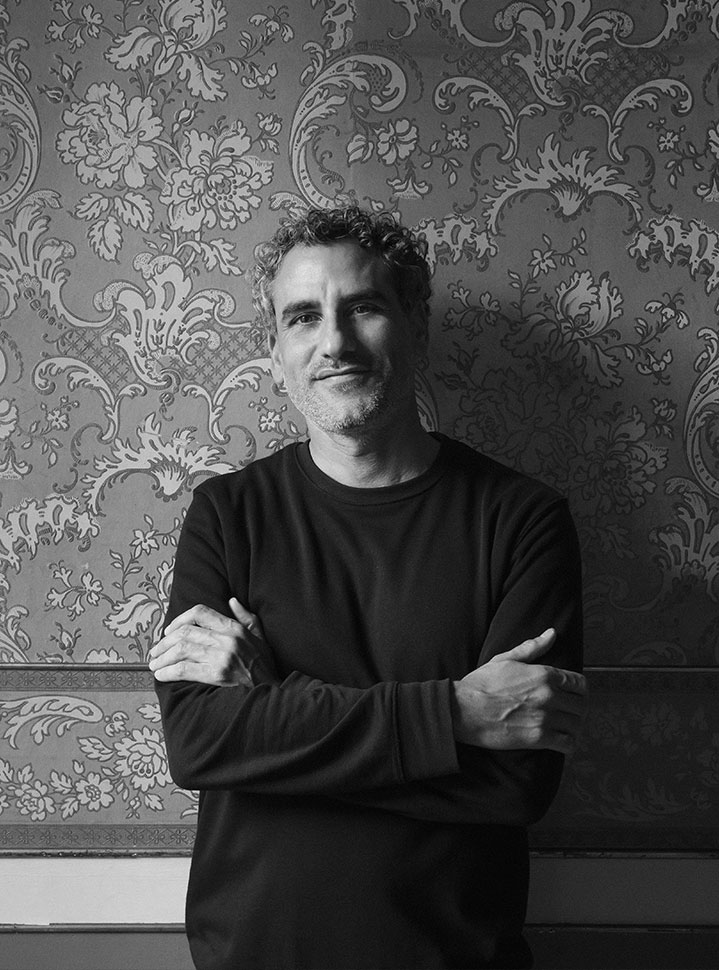
“Today I would dare to say it is the main channel through which architectural culture is transmitted over time.”
In a world ruled by digital immediacy, Cabo underlines that photography becomes archive, memory and witness. He adds a critical reflection: in a context saturated with fleeting images, it is the photographer’s task to preserve the truth of the works and build the “present and future museum of architecture.”
“Photography connects, like a bridge, places and people, especially when they are far apart.”
Oriente adds a literary dimension: the photographer as narrator, chronicler, someone who turns architectural experience into story. His images are visual tales that bring architecture closer to those who may never live it firsthand.
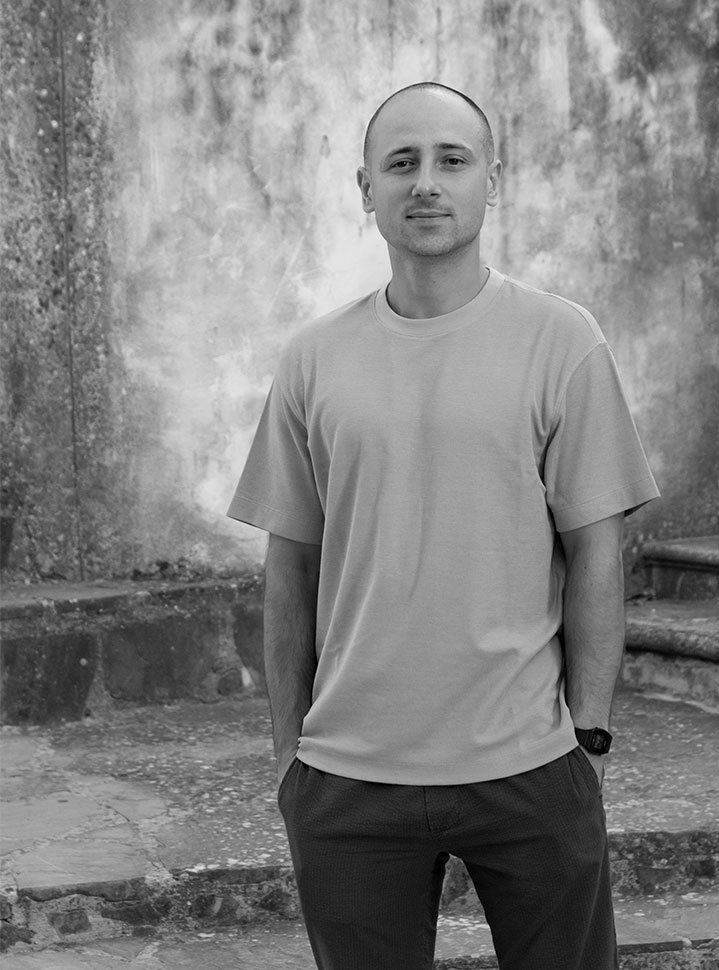
Challenges of a profession
In this discipline, the challenges are manifold and deeply human.
“When photo day comes, they hand you the space on a silver platter after all that effort… one of the greatest challenges is to live up to the entire process.”
—David Zarzoso
Behind every commission lie years of struggle, clients, materials and decisions. The photo shoot is the culmination of it all — and demands to rise to the occasion.
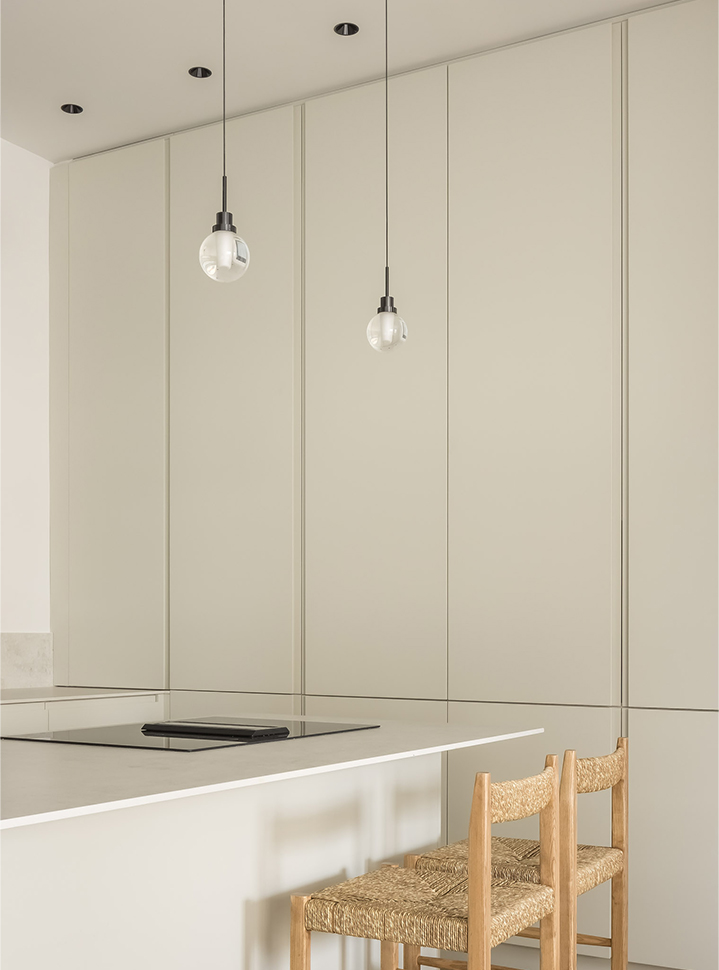
“The greatest challenge is to express, through your own experience, the concept of each project — originally belonging to its designer — yet somehow making it your own.”
—Germán Cabo
The photographer does not merely document: they interpret. That subjectivity turns each piece of work into a dialogue between creator and observer.
“To experience a space in a short time, as if I knew its deepest intimacy.”
—Carlo Oriente
For Oriente, the challenge is almost theatrical: to step on stage, understand someone else’s script, and at the same time improvise with light and time.
Photography, light and architecture
If there is one common thread among all interviewees, it is light.
“The true luxury of a space… often lies in the relationship between light and proportion.”
—David Zarzoso
Zarzoso highlights its democratic nature: a resource that depends not on budget but on the skill of architects and photographers.
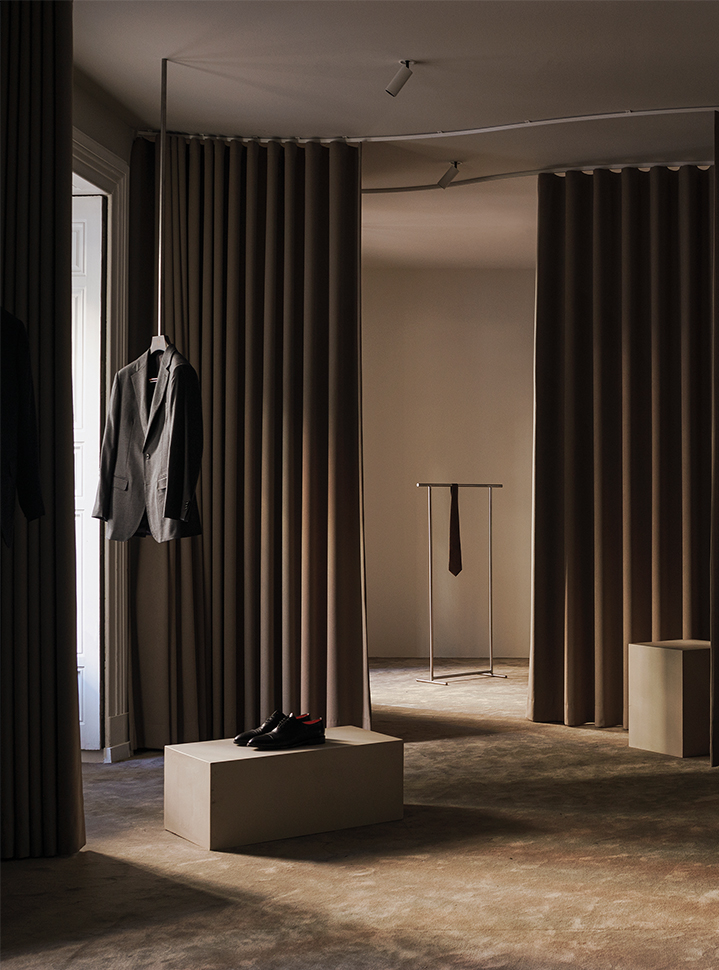
“Light transforms everything… it’s our task to extract the essence that breathes in every space.”
—Germán Cabo
Cabo defines it as raw material: without it, there is no photography — and in architecture, it gives meaning to space through constant transformation.
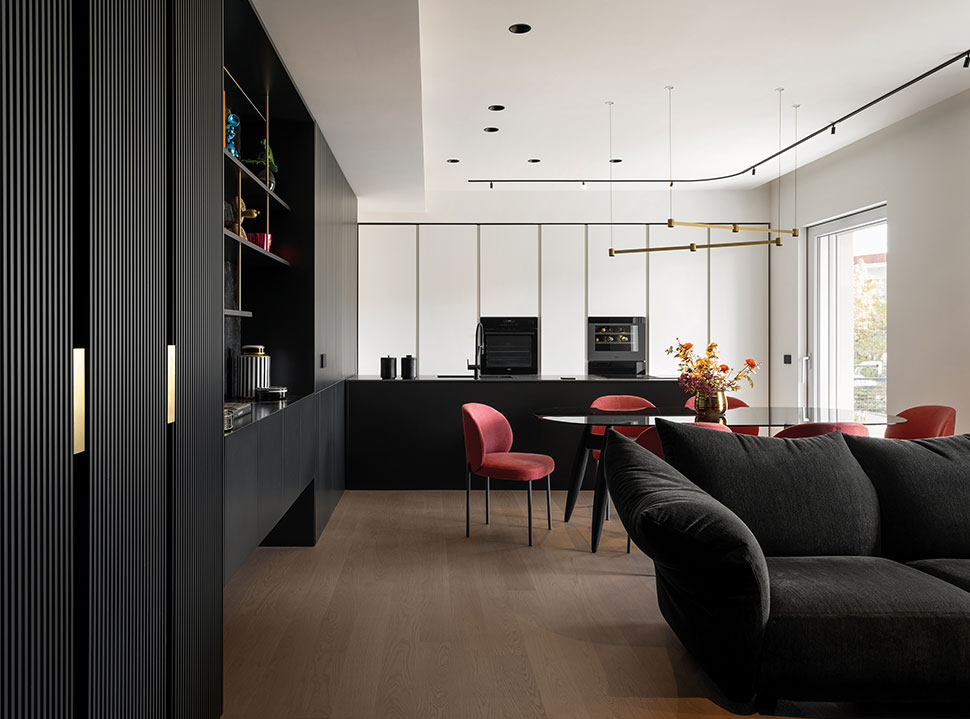
“Without light, there is no form. Without form, there is no space.”
—Carlo Oriente
Oriente offers the most radical definition: photography, he says, aspires to light, seeks it endlessly, aware it can never fully capture it.
But beyond the technical, light is emotion. Zarzoso mentions narrative tools — ordering space, recreating scenes, fragmenting viewpoints — to evoke distinct sensations. Cabo speaks of triggering the limbic system, of making a photo one would want to be in. Oriente, meanwhile, sees photography as a design tool: imagining how light moves through space to awaken precise experiences.
Personal sensibilities
Each photographer brings a particular sensitivity to their work. Zarzoso describes an evolving style, shaped by the motivation of the moment and the influence of peers and clients. Cabo, trained as an architect, admits he begins each shoot with a technical mindset that later gives way to a more sensory perception. Oriente trusts instinct — that first impact where light, scent and sound awaken the gaze.
Asked what first captures their attention upon entering a space, all three agree: light is the initial trigger. From there, attention expands to construction details, daily life or the apparent simplicity of a place that conceals deeper experiences.
The desired imprint
“Someone who had a good time taking photos with taste and simplicity, alongside people motivated by their craft.”
—David Zarzoso
“I’d like my photographs to generate the feeling of inhabiting each of those spaces.”
—Germán Cabo
“That my images might help people to see architecture not only as an aesthetic object, but as a sensory experience.”
—Carlo Oriente
The imprint these photographers wish to leave is diverse, but they all share the same background: conveying architecture as a living, inhabitable and emotional experience.
Capturing the essence: architecture beyond the object
What is clear is that photography makes spaces endure through time, so that they inspire, inform and contribute to the architecture of the present and the future.
Their perspectives, different but complementary, remind us that architecture is not only designed nor inhabited: it is also narrated. And in that narration, light will continue to be the guiding thread.


